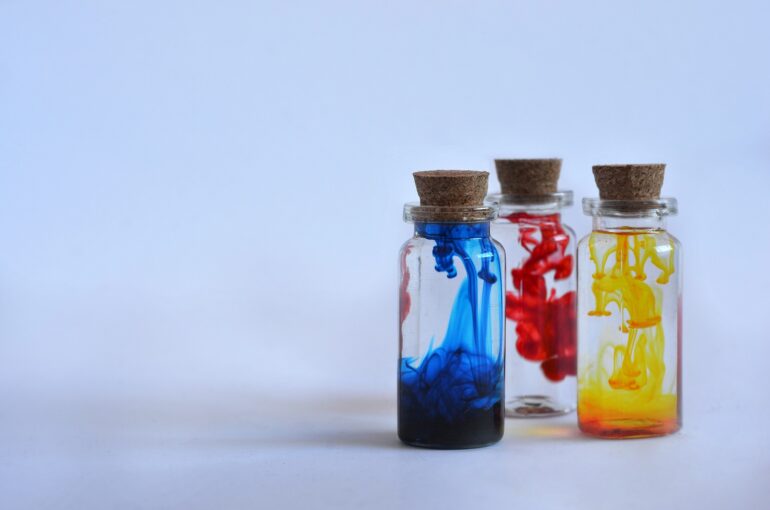TL;DR:
- AI advancements threaten artists’ livelihoods by generating and manipulating images.
- Glaze, a tool from the University of Chicago, counters AI by imperceptibly modifying images.
- Artists seek ways to protect their work from AI’s pervasive influence.
- PhotoGuard, an MIT prototype, shields images from malicious AI manipulation.
- A call for regulations to control AI’s access to internet data for training.
- Various creative industries unite in the struggle against automated encroachment.
Main AI News:
The surge in artificial intelligence (AI) technologies has left visual artists grappling with a disconcerting reality. Eveline Fröhlich, an accomplished visual artist from Stuttgart, Germany, has been among those experiencing a sense of vulnerability, as novel AI tools threaten to relegate human artists to the sidelines. Compounding this predicament is the revelation that many of these AI models have been trained using the artworks of human creators, often sourced from the internet without their consent or any form of compensation.
Fröhlich’s unease resonates across the creative sphere. With livelihoods at stake, artists are demanding safeguards against this digital encroachment. AI tools have recently emerged, promising to counteract the pernicious influence of AI on art. One such innovation is Glaze, crafted by computer scientists at the University of Chicago. This tool deploys subtle pixel-level modifications that elude AI algorithms while remaining imperceptible to the human eye.
Fröhlich noted that Glaze provided artists with a means to fight back. It marked a turning point from helplessness to empowerment. A growing cadre of artists now seeks to shield their images online, driven by a wave of AI-driven tools that can distort, manipulate, or even replace their creative expressions. These AI technologies can effortlessly produce deceptive images in seconds based on simple inputs, eroding trust and potentially diminishing artists’ livelihoods.
Generative AI, while astonishing in its capabilities, can also be a double-edged sword. It can forge masterpieces in the style of iconic artists or churn out ingenious cat portraits mimicking Van Gogh’s strokes. However, its power is harnessed by malicious actors to plunder personal images from social media platforms, repurpose them without consent, and orchestrate more sinister violations, such as deepfake pornography.
Yet, a glimmer of hope emerges as some researchers endeavor to stem the tide of AI overreach. Their innovations strive to safeguard users’ visual content from the clutches of AI algorithms. One champion of this cause is Ben Zhao, a computer science professor at the University of Chicago. He spearheads the Glaze project, a pioneering attempt to cloak artworks with an AI-resistant veneer. By applying machine-learning algorithms, Glaze distorts images’ digital signatures, baffling AI models while leaving the human experience intact. The tool has garnered immense attention, amassing over a million downloads since its prototype release.
Jon Lam, an artist based in California, lauds Glaze’s impact. Lam now entrusts Glaze with safeguarding his online artwork. However, Lam recognizes that this is only a temporary respite, demanding regulatory frameworks to govern AI’s utilization of internet data for training purposes. The pressing need for such regulations extends far beyond the artistic domain, potentially affecting diverse industries.
The struggle against AI’s ever-expanding grasp is underway. Artists’ pleas for defense mechanisms have resonated across disciplines. The creative realms are not alone in this battle; industries spanning voice acting, literature, music, and journalism seek analogous safeguards. This collective effort underscores the magnitude of the challenge posed by automated machinery’s looming encroachment on multiple human-driven domains.
Hadi Salman, a Massachusetts Institute of Technology researcher, notes the rise of deepfakes—manipulated images and videos that blur the line between reality and fabrication. To counter this threat, Salman and his team developed PhotoGuard, a prototype aimed at bolstering images’ immunity to AI manipulation. By subtly altering image pixels in ways imperceptible to human eyes, PhotoGuard makes AI-mediated alterations appear surreal and incongruous.
While these endeavors hold promise, they also shed light on the broader implications of unchecked AI proliferation. The incredible feats achievable through generative AI are accompanied by profound risks. The awareness of these risks is growing, yet it is paramount that actionable solutions are developed. Failing to address these concerns could precipitate consequences far graver than currently imagined. As the era of AI-driven innovation unfolds, humanity faces a pivotal moment, tasked with navigating the fine line between technological progress and safeguarding the essence of human creativity.
Conclusion:
The surge in AI-driven tools disrupting the creative landscape demands immediate attention. Innovations like Glaze and PhotoGuard offer hope by countering AI manipulation. As artists and industries unite to safeguard their domains, regulatory frameworks are pivotal in steering the course of AI’s impact on creativity. A balanced approach that encourages innovation while upholding human ingenuity will shape the future of the market.

